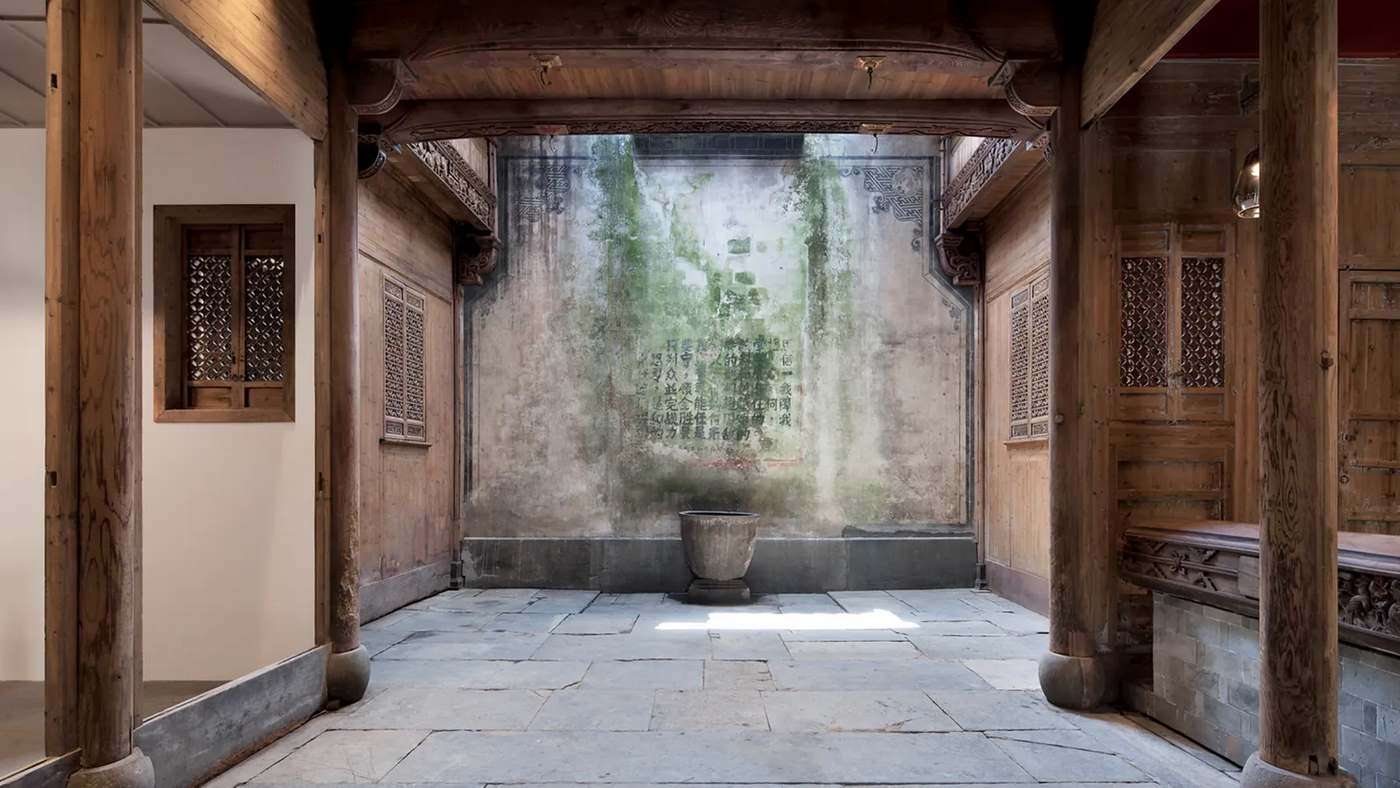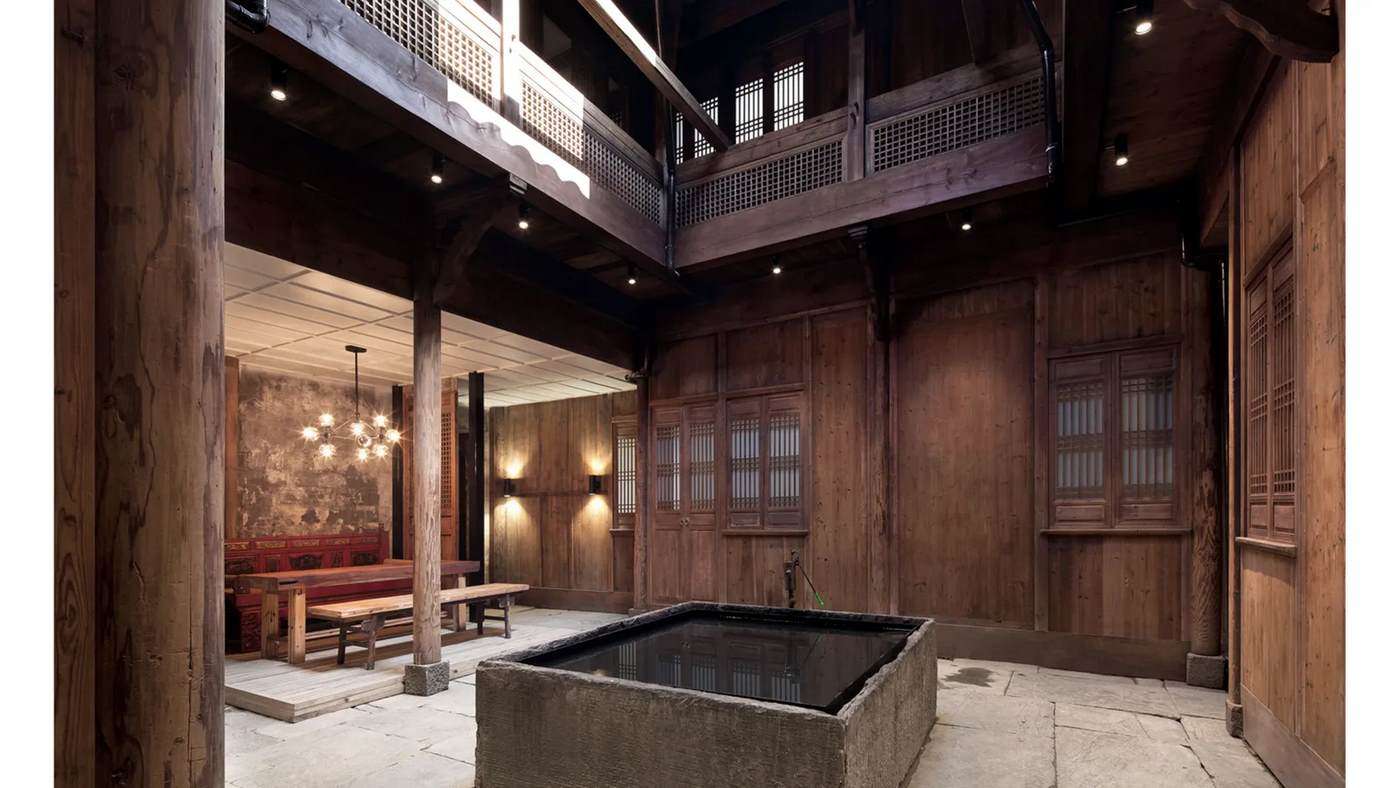Reforestation is Difficult: But Local Farmers of NGO Green Again Madagascar Are on Top of It
Out in the ultra-rural jungles of eastern Madagascar, something is happening that all climate-conscious investors should take note of.

Architects and designers of eras past had to adapt to the planet's challenges long before electricity, air conditioning, and heating were invented, and as modern humans try and find a way to reduce carbon emissions, the ancients have much to teach us.
In China, more and more modern buildings are being planned around antique design features known as "skywells"-and they're doing so not only because the design significantly cools a building's interiors, but because it reduces carbon emissions by cutting down on the need for air conditioning.
Used in the country's humid south at least since the Ming Dynasty of the 14th century, a skywell is basically a square or rectangular courtyard in the middle of the floor plan on which one side is a stone wall. Overhead hang the classic dou gong, or beam and bracket eaves. This shades the ground and funnels rainwater into a central basin.
When the wind blows across the roof of a skywell house, it's often colder, and therefore heavier, than the still air indoors. It's funneled down, especially by the wall, into the interior which then pushes the warmer still air higher and out of the opening.
Even if the wind isn't blowing though, openings such as skylights, chimneys, or smokestacks tend to create circulation. As warm air rises up through the skywell, it pulls air from the other rooms into it.
Traditional Chinese designs will have a basin of water replenished by the rain sitting in the middle of the skywell. As the water evaporates it cools the surrounding air, before rising and creating the circulation mentioned earlier.
People living in hot environments the world over have used these principles to cool their homes for millennia, as it can reduce interior temperatures by 9.5°F (4.3°C).
In Persia for example, "wind towers" act like chimneys of cold air that brought desert wind down into a house or even a subterranean cold chamber which created a constant movement of cold air in, hot air out; a design that has been replicated in Andalusia, Spain.
Recently, the BBC reports great interest in the revival of traditional Chinese architectural principles, and the skywell is one that is receiving a lot of attention because of its ability to cut down on air conditioning use in accordance with a recent government initiative for greener buildings.

Furthermore, there is a real aesthetic beauty to the skywell that when combined with its pleasant climate creates the perfect place for meals, reading, or spending time with family. It's a buffer zone where one can get the benefits of being outdoors while not suffering from the heat, sunburn, or bugs.
However it's a principle that isn't limited to family homes. The National Heavy Vehicle Engineering Technology Research Centre in the eastern Chinese city of Jinan has an 18-story tower block with a massive skywell in the middle of it. The bathrooms, conference rooms, and elevators are all located on the interior walls facing the skywell, allowing for better ventilation and temperature control.
SHARE These Beautiful Antique Designs With Your Friend…
Be the first to comment